Lesson 4
Groups that Look Alike
Warm-up: How Many Do You See: Fingers on One Hand (10 minutes)
Narrative
The purpose of this How Many Do You See is for students to identify quantities represented with fingers. In this warm-up, students represent quantities with their fingers and work toward recognizing quantities presented on fingers without having to count. Students have an opportunity to notice and make use of structure because each hand has 5 fingers (MP7).
Launch
- Groups of 2
- “How many do you see? How do you see them?”
- Display 2 fingers.

- 30 seconds: quiet think time
Activity
- “Discuss your thinking with your partner.”
- 30 seconds: partner discussion
- Share responses.
- “Use your fingers to show how many there are.”
- Repeat with 3 fingers and then 5 fingers.
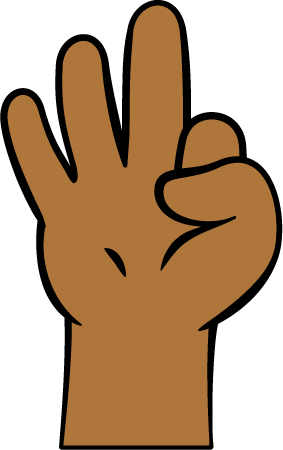
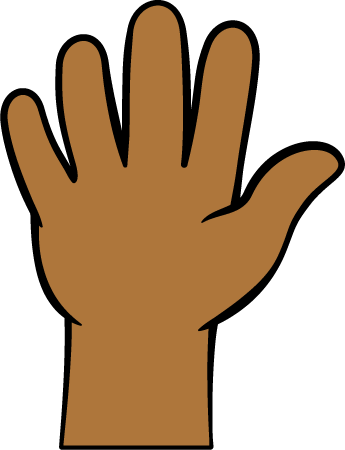
Student Response
For access, consult one of our IM Certified Partners.
Activity Synthesis
- “Work with your partner. One person show 3 with your fingers. One person show 5 with your fingers.”
- “Who is holding up more fingers? How do you know?” (The person who is holding up 5 is holding up more. They have all their fingers up and the other partner still has some fingers down. 5 is more than 3.)
- “5 is more than 3.”
Activity 1: Which Has More? (10 minutes)
Narrative
The purpose of this activity is for students to identify the group of objects that has more. This activity begins with a version of the Act it Out routine and builds on the student's work in the previous unit of answering “are there enough” questions. Students passed out, or matched up objects to determine if there were enough. Students build on this idea to help them determine which group has more objects.
The context of family mealtimes that is introduced in this activity will be revisited throughout the unit. Acting it out gives students an opportunity to make sense of a context (MP1). As students share about the tools that they use when eating with their families, record and save their responses to refer to and add to in future lessons. Consider reading picture books about family mealtimes. Some suggestions include:
Full, Full, Full of Love by Trish Cooke
Bee-Bim Bop! by Linda Sue Park
Yoko by Rosemary Wells
The Little Red Hen (Makes a Pizza) by Philomen Sturges
Rice & Rocks by Sandra L. Richards
Advances: Speaking, Representing
Required Materials
Materials to Gather
Launch
- Groups of 2
- Give each group of students access to connecting cubes and two-color counters.
- “We have been learning about different tools that we use at home and in our classroom. What kind of tools do you use when you eat at home?” (Spoons, forks, chopsticks, plates, bowls, napkins, cups, straws)
- 30 seconds: quiet think time
- 1 minute: partner discussion
- Share and record responses.
- “We use many different tools when we eat.”
- Display and read the story.
- “What is the story about?” (A family eating dinner, Priya’s family, spoons for dinner)
- 30 seconds: quiet think time
- Share responses.
- Read the story again.
- “How can you act out this story?” (We can pretend we are sitting at the table and pretend to hand out spoons. We can use the cubes to show the people and the counters to show the spoons. We can draw a picture.)
- 30 seconds: quiet think time
- 1 minute: partner discussion
- Share responses.
Activity
- “Act out the story with your partner.”
- 3 minutes: partner work time
- “Are there more people or spoons? How do you know?” (There are more spoons than people. Each person gets one spoon and then there are some more spoons.)
- 2 minutes: partner work time
- Monitor for students who matched one spoon to each person to see if there were enough spoons and which there was more of.
Student Facing
Priya and her family are sitting down at the table for dinner.
There are 4 people sitting at the table.
There are 6 spoons.
Are there enough spoons for each person to get one?
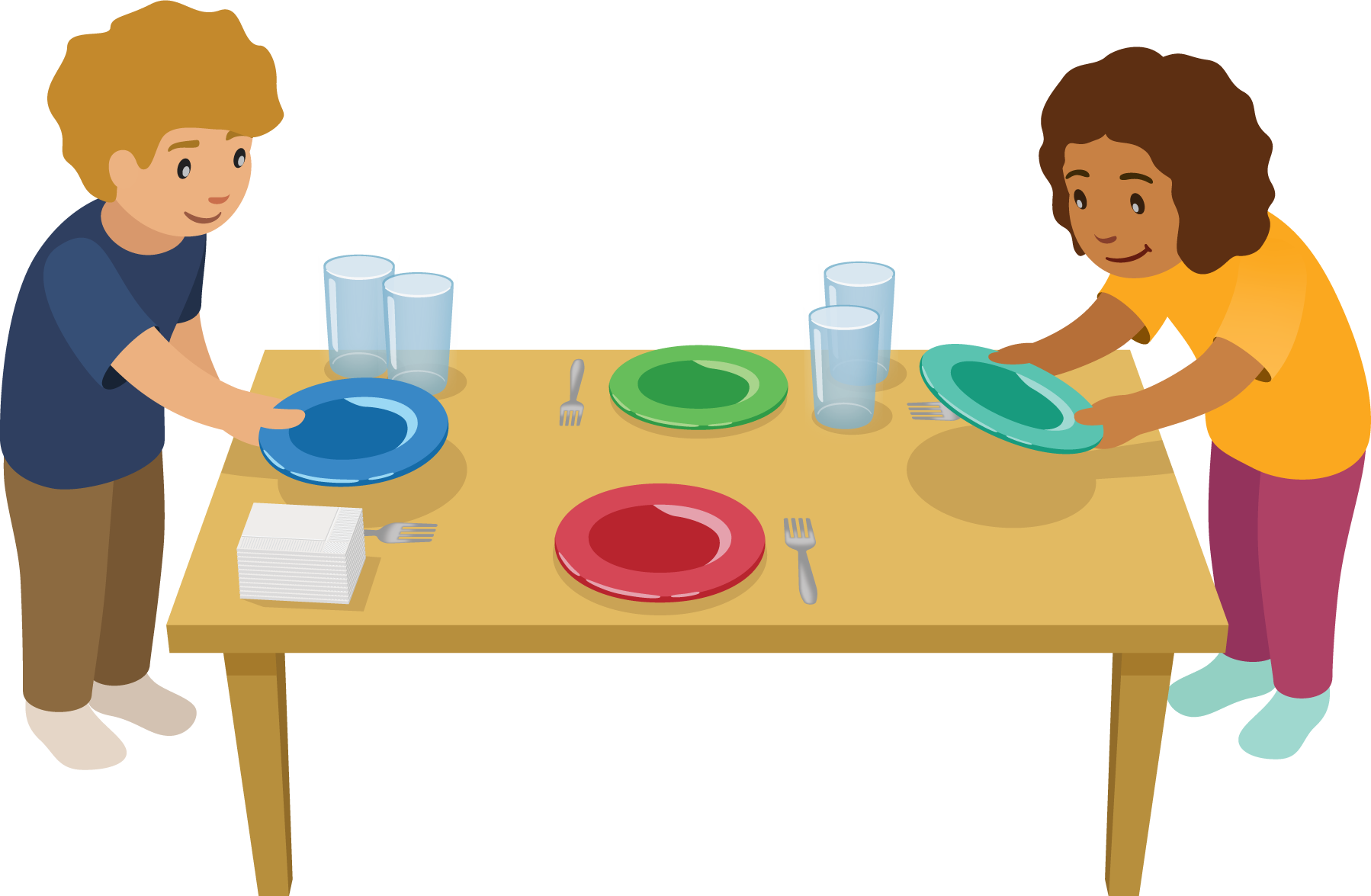
Student Response
For access, consult one of our IM Certified Partners.
Activity Synthesis
- Invite students who acted out giving one spoon to each person to share.
- “They matched the spoons and the people. We can see that each person has a spoon and then there are extra spoons. There are more spoons than people.”
Activity 2: Introduce Shake and Spill: Which Is More? (15 minutes)
Narrative
The purpose of this activity is for students to learn stage 2 of the Shake and Spill center. As students shake and spill their counters multiple times, they have the chance to compare two groups of objects that have very different quantities as well as groups of objects with very similar quantities. Students can compare the number of objects in the groups visually or by lining up and matching, as they did in the previous activity. Students may also count and use their knowledge of the count sequence to compare (“There are 7 red and 5 yellow counters. I know that 7 is more than 5.”). Students hear and repeat full comparison statements such as, “There are fewer red counters than yellow counters.” In making comparisons, students have a reason to use language precisely (MP6).
Supports accessibility for: Social-Emotional Functioning
Required Materials
Materials to Gather
Required Preparation
- Each group of 2 needs 10 two-color counters and 1 cup.
Launch
- Groups of 2
- Give each group 1 cup and 10 counters.
- “We are going to learn a new way to play the Shake and Spill center. It is called Shake and Spill, Which Is More? Let's play a round together.”
- “First we shake the counters in the cup and spill them out onto the table. Then we find out which color there are more of and which there are fewer of. You can also see if there are the same number of red and yellow counters.”
- Shake and spill 10 counters.
- “How can we figure out if there are more red or yellow counters?” (We can match up the red ones and the yellow ones and see which is more. We can count them.)
- 30 seconds: quiet think time
- Share responses.
- Demonstrate or invite a student to demonstrate students' ideas.
- Invite students to chorally repeat these phrases in unison 1-2 times:
- “There are more red counters than yellow counters.”
- “There are fewer yellow counters than red counters.”
- “Now you will play with your partner. Take turns shaking and spilling the counters. Then work together to figure out and say which color there are more of and which color there are fewer of.”
Activity
- 8 minutes: partner work time
Student Response
For access, consult one of our IM Certified Partners.
Advancing Student Thinking
If students compare the number of counters while the counters are still scattered, consider asking:
- “How can you arrange the counters to make it easier to see which color there are more of?”
Activity Synthesis
- Display 5 red counters and 7 yellow counters.
- “How can we figure out if there are fewer red or yellow counters?” (We can line them up and match them. We can count them.)
- Invite students to share how to compare the number of counters.
- “There are fewer red counters than yellow counters. There are more yellow counters than red counters.”
Activity 3: Centers: Choice Time (20 minutes)
Narrative
The purpose of this activity is for students to choose from activities that offer practice with number and counting concepts. Students choose from any stage of previously introduced centers.
- Number Race
- Shake and Spill
- Math Fingers
- Pattern Blocks
- Picture Books
Required Materials
Materials to Gather
Required Preparation
- Gather materials from:
- Number Race, Stage 1
- Shake and Spill, Stages 1 and 2
- Math Fingers, Stage 1
- Pattern Blocks, Stages 1-3
- Picture Books, Stages 1 and 2
Launch
- “Today we are going to choose from centers we have already learned. You can also choose to keep playing Shake and Spill.”
- Display the center choices in the student book.
- “Think about what you would like to do first.”
- 30 seconds: quiet think time
Activity
- Invite students to work at the center of their choice.
- 8 minutes: center work time
- “Choose what you would like to do next.”
- 8 minutes: center work time
Student Facing
Choose a center.
Number Race
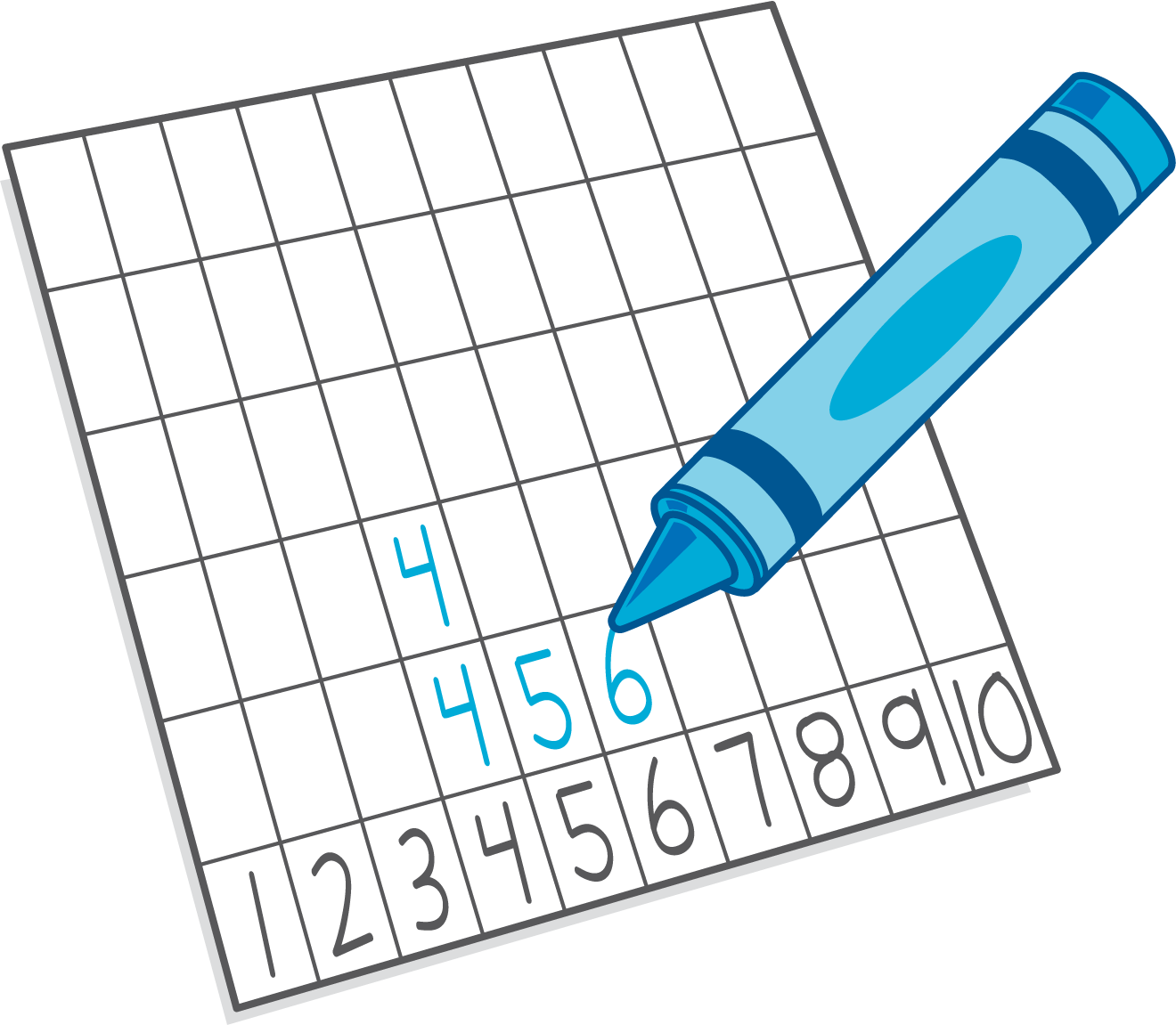
Shake and Spill
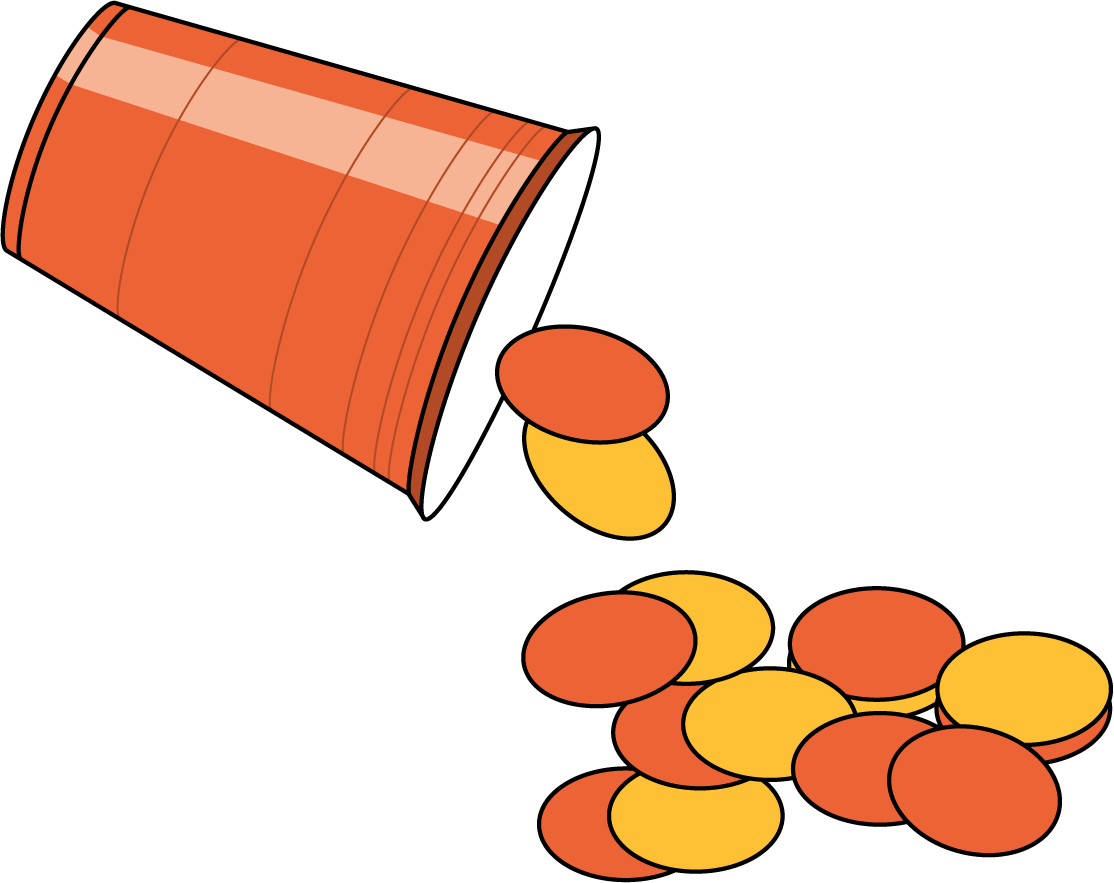
Math Fingers
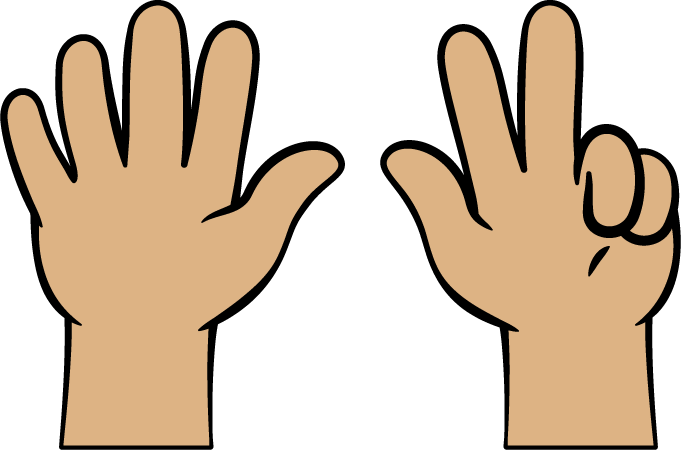
Pattern Blocks

Picture Books
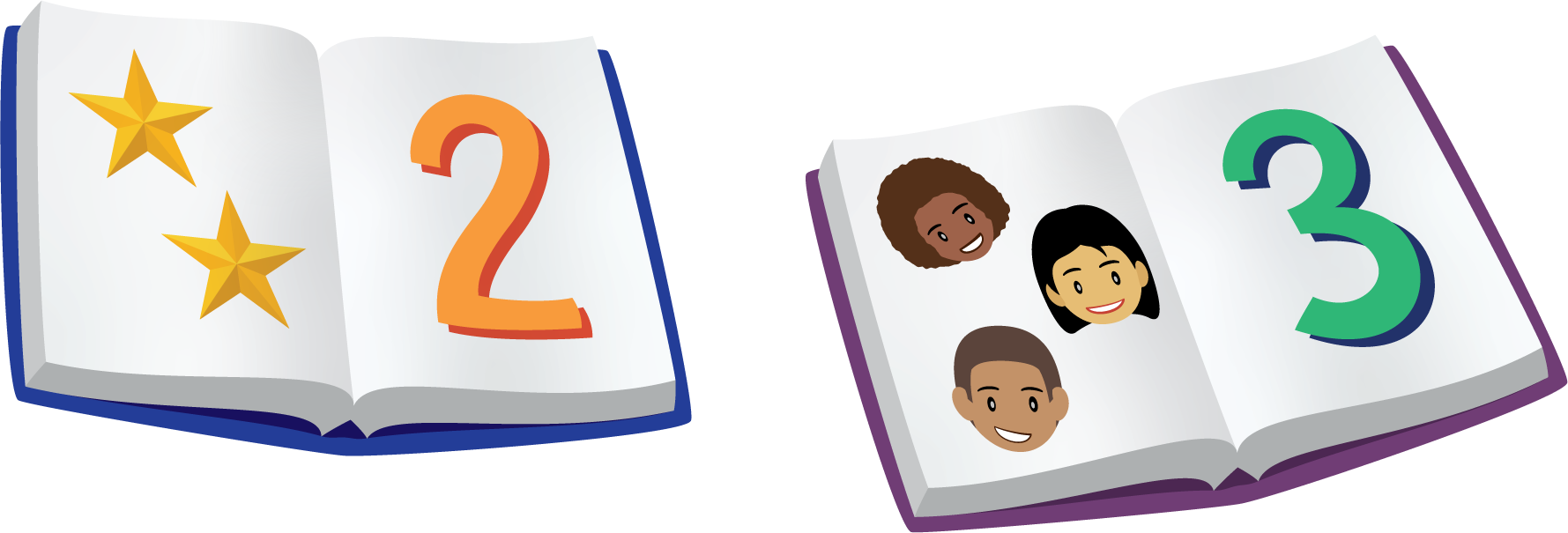
Activity Synthesis
- Display 5 red counter and 5 yellow counters, lined up and matched.
- “Mai and Clare spilled their counters. Are there more red counters or yellow counters?” (There are the same number of red and yellow counters.)
- Invite students to chorally repeat this phrase in unison 1-2 times:
- “There are the same number of red and yellow counters.”
Lesson Synthesis
Lesson Synthesis
Cool-down: Unit 2, Section A Checkpoint (0 minutes)
Cool-Down
For access, consult one of our IM Certified Partners.